“We will soon decide based on two options either we file a review petition before the High Court or a special leave petition (SPL) before the Supreme Court against the order,” KHADC chief PN Syiem told reporters here on Wednesday.
According to him, the pronouncement may affect the rights of the indigenous people in various ways.
The decision was announced after a delegation of the Hynniewtrep National Youth Front (HNYF) met the chief executive member (CEM) here for his intervention to ensure the KHADC take necessary steps to appeal against the order.
As per its ruling passed on April 12, the Meghalaya High Court had stated -“The Limitation Act, 1963 applies to the entire State of Meghalaya including the tribal areas of Autonomous Districts or Regions.”
This was following a review petition filed by the Shella Action Committee (SAC), Rally of Shella Village Natives against an order dated 05.03.2014 passed in a public interest litigation (PIL) of 2013.
The SAC had sought clarification as to whether the provisions of the Act do not apply to the tribal areas now comprising the state of Meghalaya and whether the law of Limitation is not applicable to the application seeking review of the order dated 05/03/2014.
“We are clearly of the view that the Limitation Act, being an Act of Parliament and having not been excluded in its operation by any notification issued by the President, applies to the entire State of Meghalaya including the tribal areas,” the Court had stated.
Speaking after the meeting, HNYF Secretary Sadon K Blah said that the ruling if not legally addressed by way of an appeal will affect the constitutional obligation and jurisdiction of the autonomous district councils (ADCs) of Meghalaya.
“The ruling seems to have direct bearing on the legislative powers of the ADCs under the Sixth Schedule to the Constitution of India,” he said.
According to him, the state has two types of legislations which are made by the state government and the ADCs.
“If an Act of Parliament is being implemented without taking into consideration the provisions of the Sixth Schedule then it would be meaningless to have the district councils,” Blah said.
Referring to the recent ruling of the High Court, he said that the ruling has contended that with the coming into force of the North Eastern State Reorganization Act, 1971, the Sixth Schedule Areas seems to have lost the status of tribal areas but remains only as Schedule areas.
Whereas the notification of then Government of Assam in March 14, 1966 has clearly identified the tribal areas as per paragraph of the Sixth Schedule to the Constitution of India, to which the High Court of Meghalaya has contended that the status of Para 20 of the Sixth Schedule has changed with the coming into force of the NESRA, 1971, hence the changes with regards to the legal status on the application of laws passed by the legislature of the state or parliament in Schedule areas, he added.
Further, Blah informed that in May 22, 1989, the Secretary of Law Department, Government of Meghalaya has took a stand vide letter addressed to the Regional Manager-II, State Bank of India (Regional Office), Dhankheti, relying on the Government of Assam’s Notification that the “Limitation Act, 1963 do not apply to the tribal areas now forming part of the state of Meghalaya”.






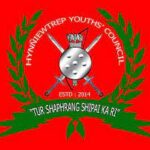




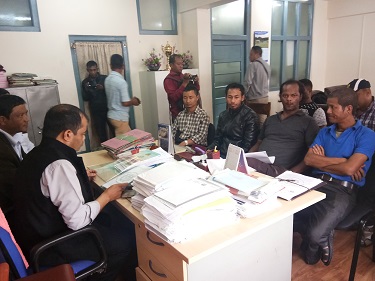

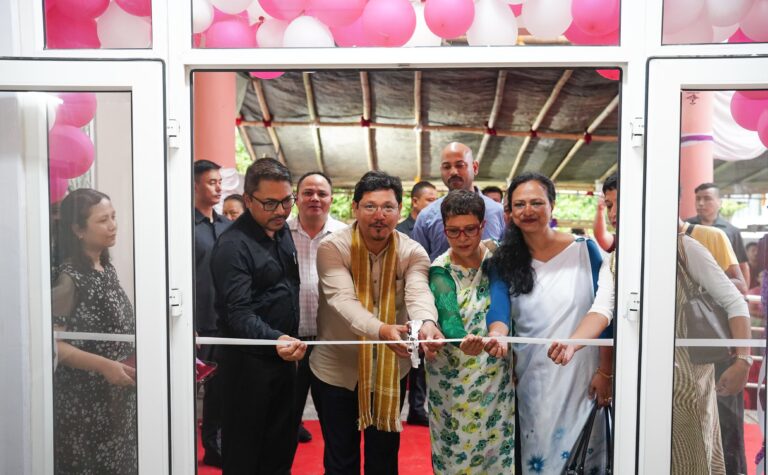

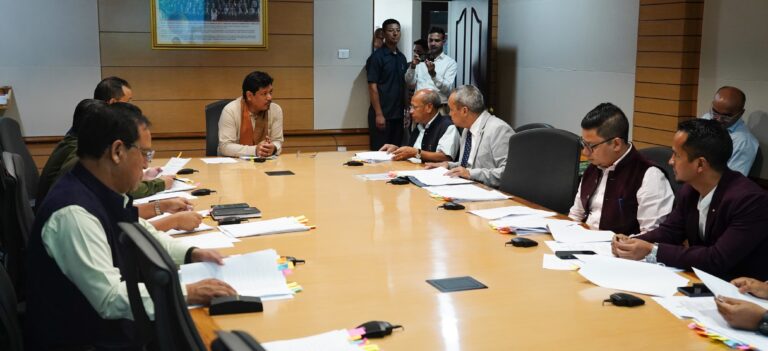


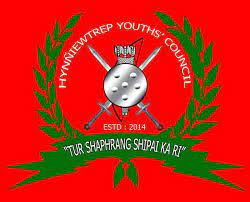


+ There are no comments
Add yours